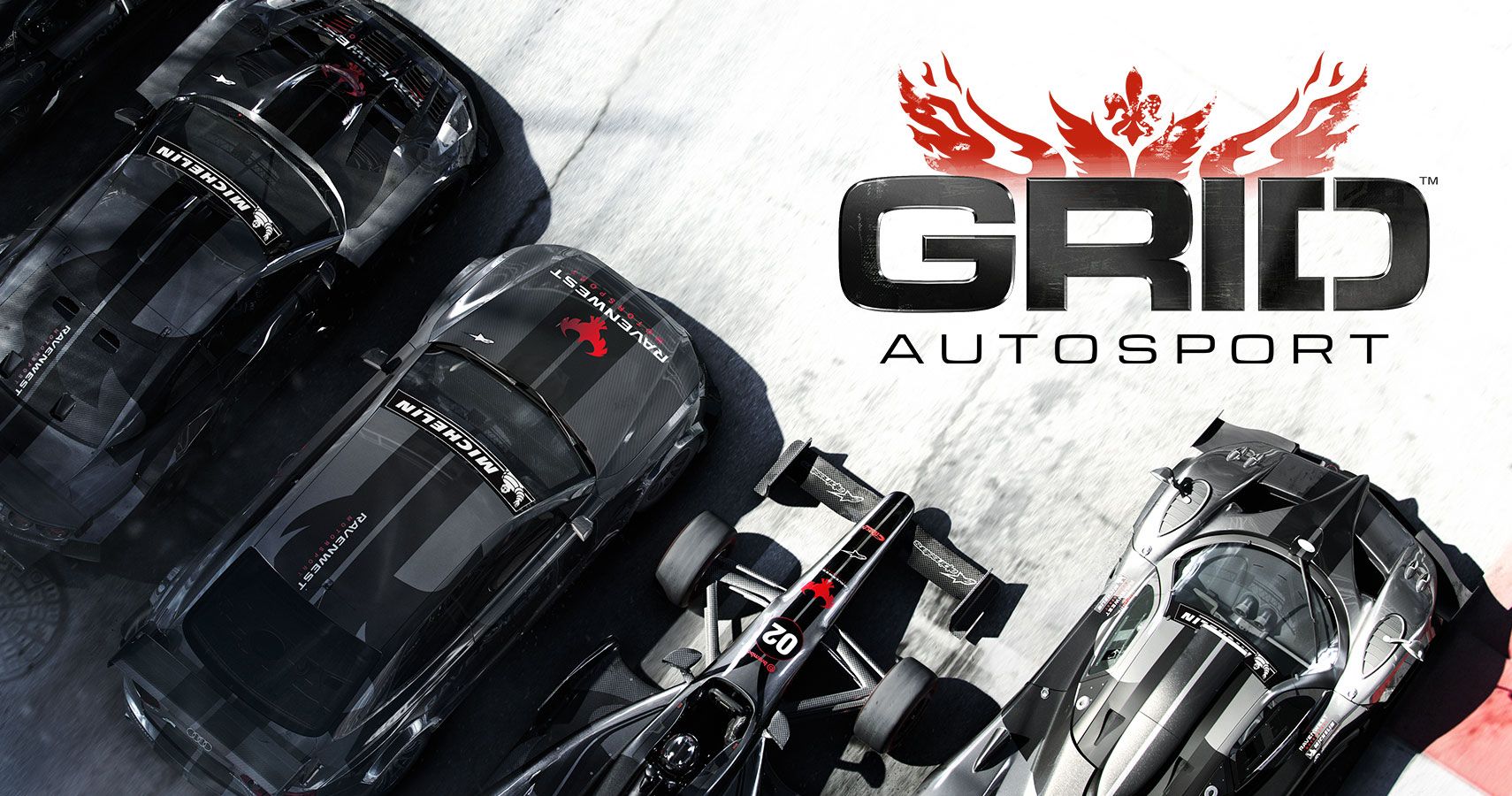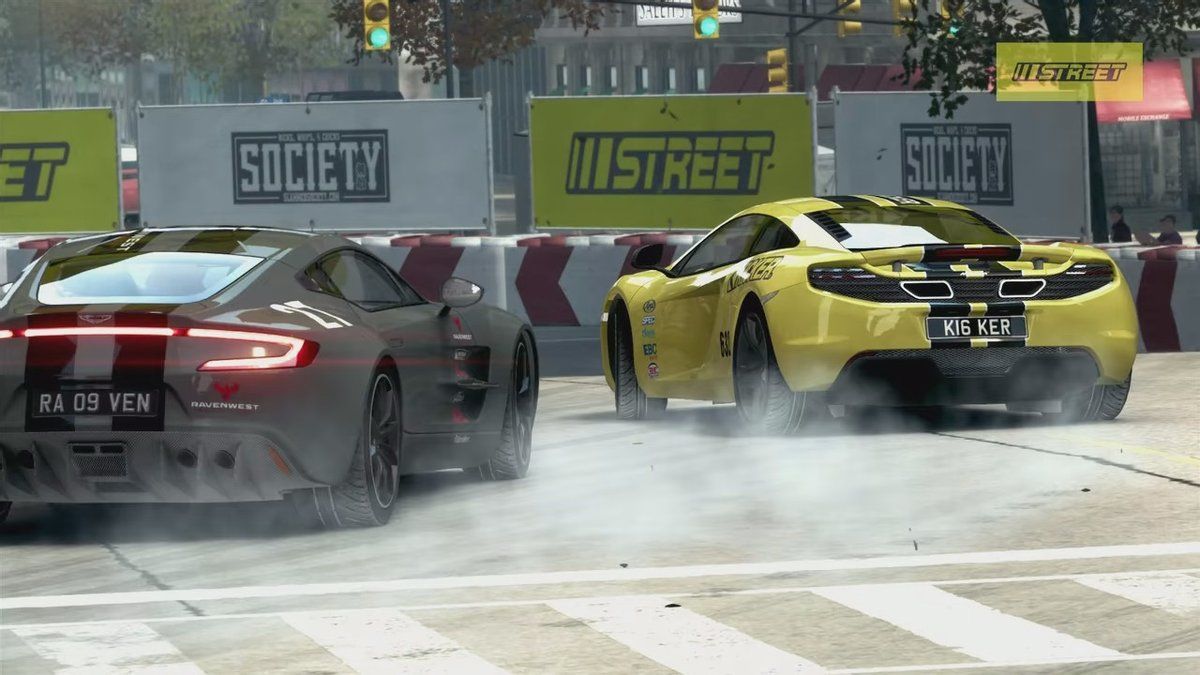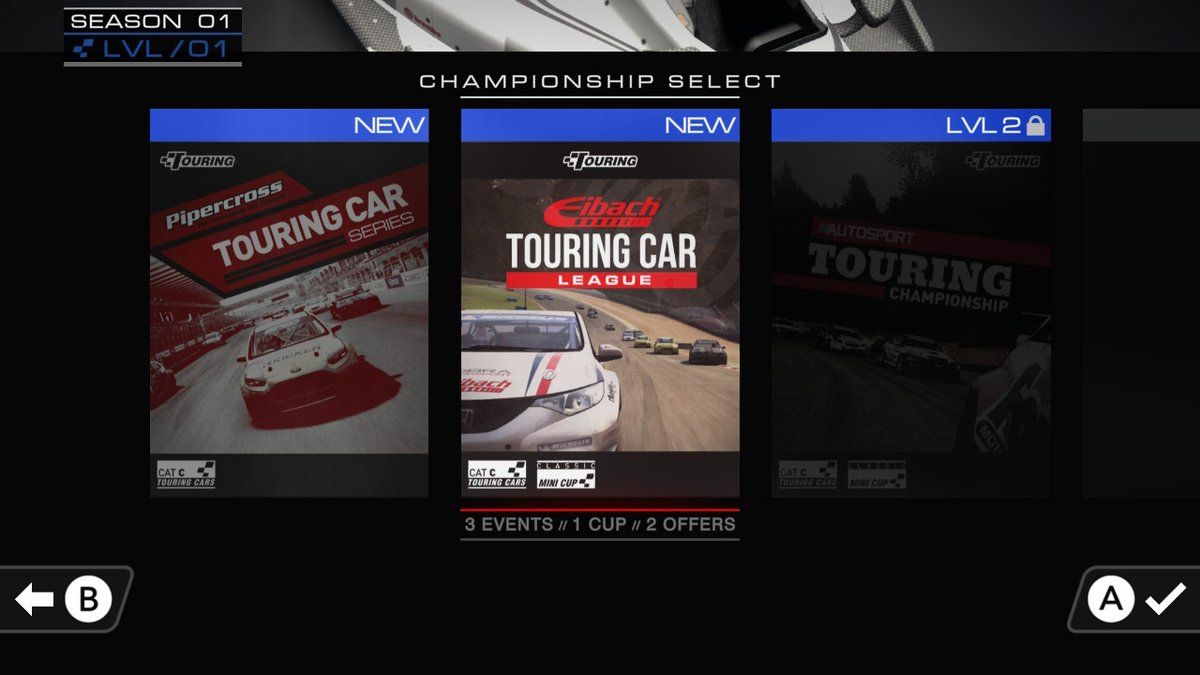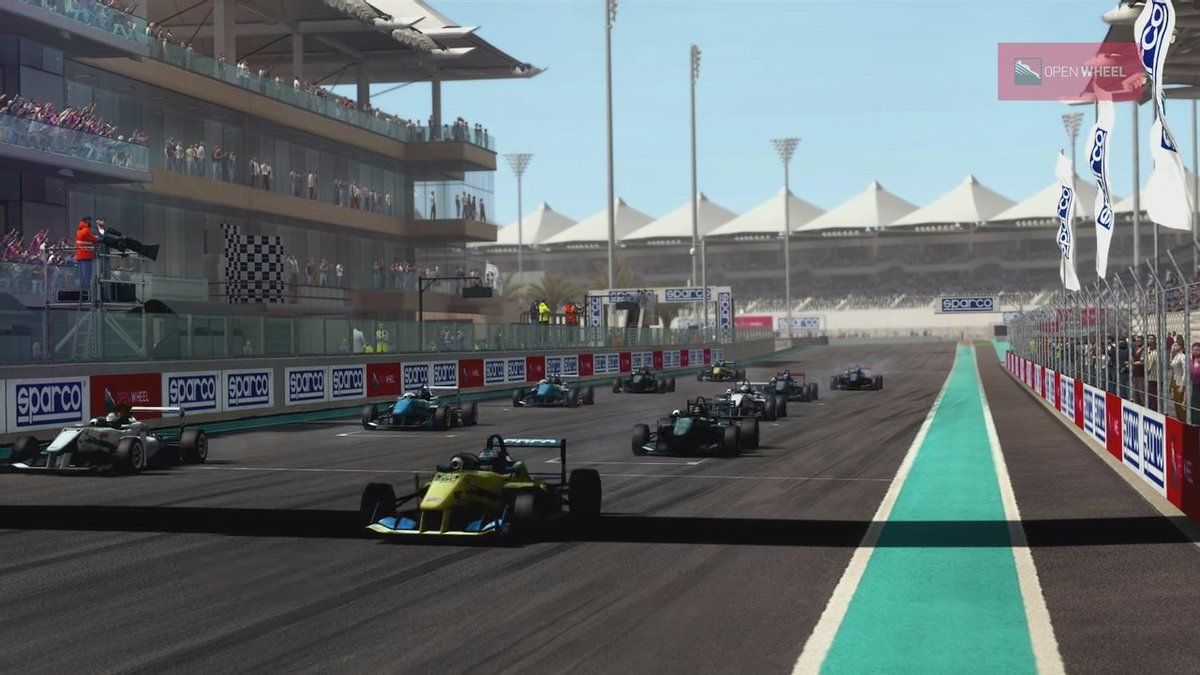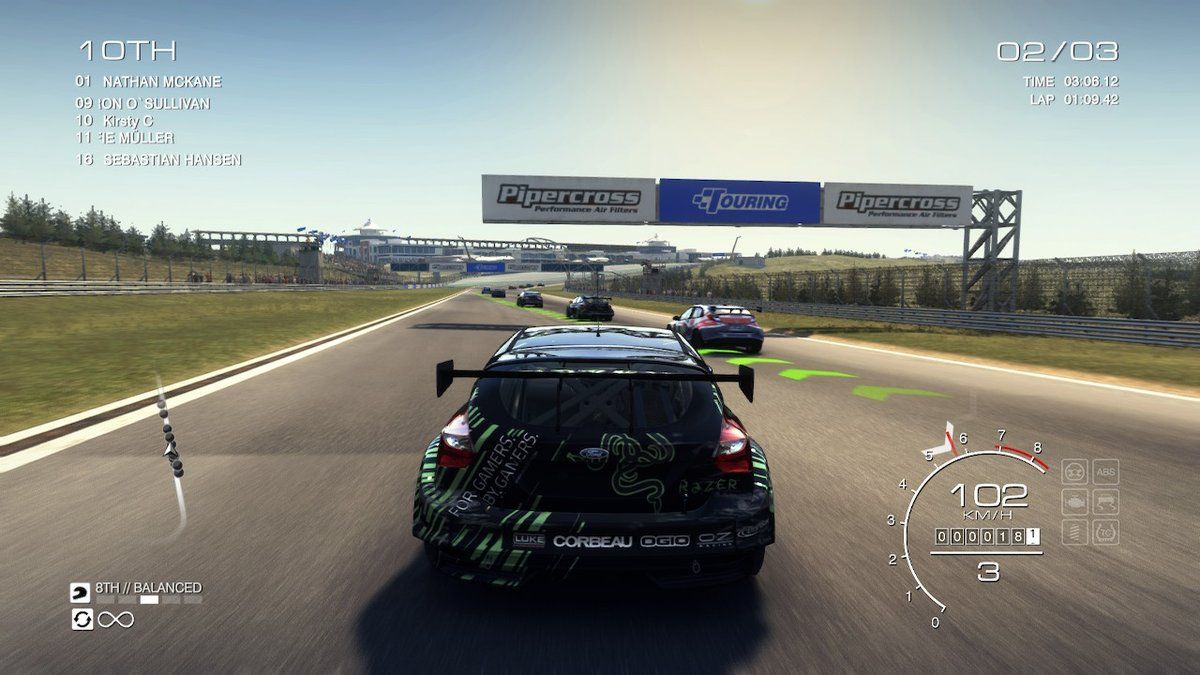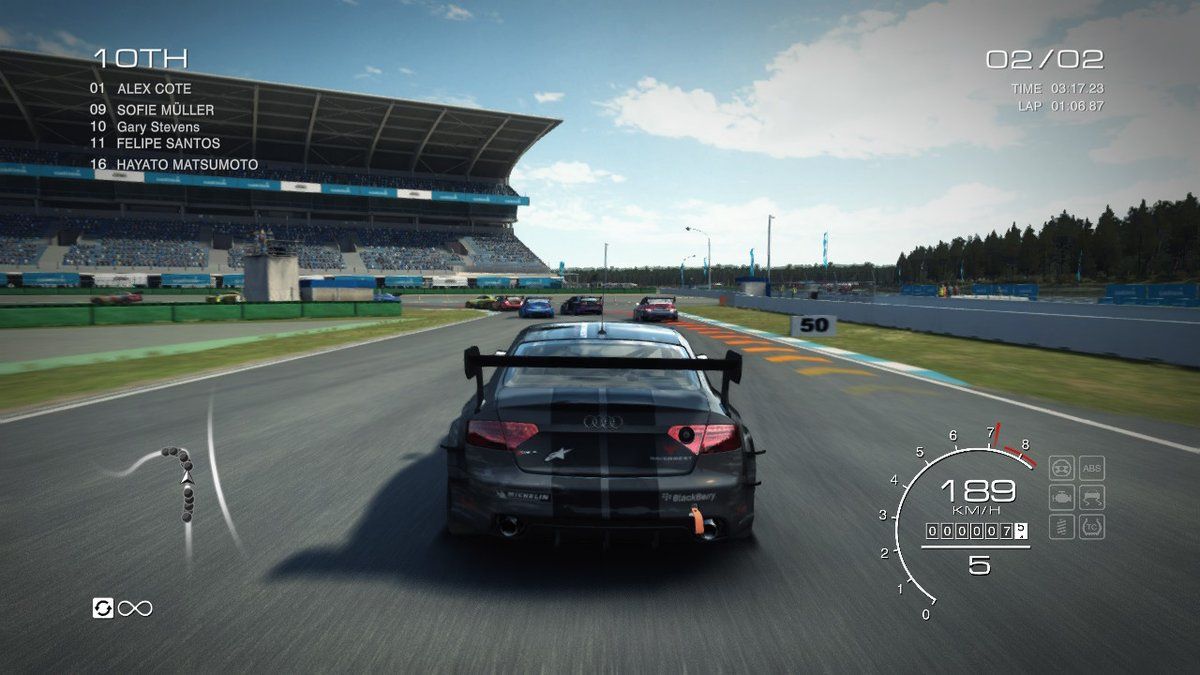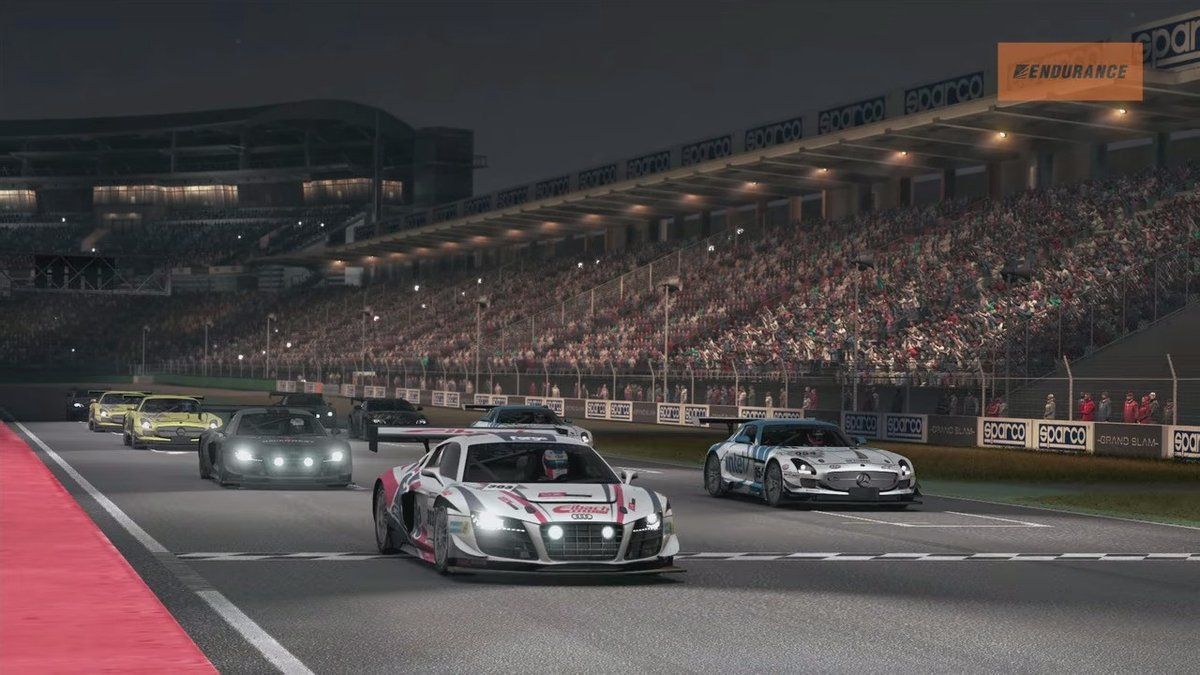Developer Codemasters first released GRID Autosport in 2014 for the PC, PlayStation 3, and Xbox 360. Feral Interactive brought the game over to macOS and Linux in 2017, as well as an iOS port that same year. Now, the game has been ported over to the Nintendo Switch. Despite the age of the original game, GRID Autosport has surpassed every one of this reviewer’s expectations and is hands down the best racing simulator on the console to date.
So Many Disciplines
Following the brief introduction to the game through a short race, players are given access to the various disciplines that make up each game mode. Each discipline features completely different types of cars and racing styles. One may demand a rough, do whatever it takes to overtake an opponent type of style, while another rewards precision and a complete lack of contact with other vehicles.
Playing through one discipline provides experience, unlocks sponsorship opportunities, more vehicles, and eventually, more challenging races. Unlike most other racing games on the Nintendo Switch, of which there are not many, the goals of each race depend on what your sponsor desires. Placing highly is always a priority, but the goals are often flexible, such as placing within the top ten of a race or defeating a specific opponent.
No Analog Triggers? No Problem (Assuming You Have A GameCube Controller?
A common complaint against most racing games on the Switch is that the lack of analog triggers means that players cannot feather the throttle or brake pedal. It is either fully engaged, or not, and provides far more of a Jeremy Clarkson feel to most racing games. A leadfoot who shouts, "POWER," through a race might be fun for a while, but as we all know, does not always win the race.
Here is where the game truly shines in its attention to detail given to the port. By plugging in a GameCube controller to the Nintendo Switch adapter, players gain access to a far more responsive throttle and braking system thanks to the analog triggers available there. If players want that kind of control on the Switch in portable mode, they can still use the right analog stick, which does not take long to master.
Customization For Tech, Not For Cosmetics
The level of customization on a vehicle is superb. Players will gain the ability to fully customize brake bias, differential, downforce, gear ratios, and both front and rear suspension. New players are eased into the finer points of tuning, and a brief explanation is provided as to the trade-off one experiences when adjusting their vehicle.
On the other hand, cosmetic customization is virtually non-existent, with players merely using the stock vehicles provided. This is only a small gripe, however, since the number of licensed vehicles in the game is shocking. There are so many to choose from that the inability to change their looks is quickly forgotten.
Easy To Pick Up, Hard To Master
By default, the game is comically forgiving. Damage done to a vehicle results in parts flying off onto the track, but performance remains largely unaffected. There is a guided line that shows you the optimal path for a track, and the game even brakes for you. Experienced players can turn this off and ramp up the realism right away, but it is a nice touch for those who may be trying a racing simulator for the first time after years of cartoonish cart racers.
In most races, players form part of a team with other drivers, and here is where the complexity ramps up. These teammates can be instructed to play defensively or aggressively, which helps the player secure their own position or play in a certain way. Left to their own devices, teammates tend to become scattered, but when instructed, they can be of great benefit to your performance. On the shorter tracks, this may not be entirely evident, but within the Endurance discipline, strategy is the name of the game.
Stunning Visuals
The game offers three distinct options for the graphics. Like most games, the game is absolutely stunning in docked mode, and this reviewer would contend that it is the best-looking racing games on the Nintendo Switch. Undocked, the game offers options for better performance and longer battery life at the expense of graphics, but it still looks and feels great.
In addition, the game released with a day-one patch for even more improvements to the graphics, and the level of polish in this port is certainly the gold standard for how one should port a game to the Nintendo Switch.
Multiplayer… Soonish
On release, the game is single-player only. Even if it remained single player, the game would still be worth the purchase, but the developers have made it clear that both online multiplayer and local split-screen are priority updates for later on. While they do not yet have a release date, it will make an outstanding addition to an already great game.
First Place Finish
GRID Autosport sets a new bar for others to reach in porting a game to the Nintendo Switch. Despite the original game now being over five years old, this version feels perfect in presentation, value, and with the promised incorporation of local and online multiplayer, replayability.
The closest comparative title would be RISE: Race to the Future, which is another recent, well-made racing title, but that tends to favor the more fantastic, sci-fi elements of the racing genre. While that is a perfectly fine racer as well, it pales next to GRID Autosport in terms of content, realism, number of vehicle, and number of tracks.
5 Out Of 5 Stars
A copy of GRID Autosport was purchased by TheGamer for this review. GRID Autosport is available now for the Nintendo Switch, as well as the PS3, Xbox 360, PC, macOS, and iOS.

